Collectively, the core muscles provide stability and support to all the other muscle groups and joints of the body. Strengthening the core provides a strong foundation, offering improved posture and protection from the most common causes of low back pain.
While a strong core is important, so is a balanced core. Balancing the core is often overlooked, but it is no less important. A balanced core is demonstrated by equal strength on both sides of the body. While performing core-strengthening exercises, if one side feels more difficult than the other or if you notice less range of motion on one side, then a muscle imbalance is likely present, which can lead to pain or injury.
Taking the time to properly condition your core using exercises to strengthen and balance your muscles while eating a WFPB diet has the potential to pay off in a big way
Another important consideration in core conditioning is nutrition. Every time you eat, your body releases insulin. How much insulin is released depends on what foods you are eating. A whole food, plant-based (WFPB) diet will generate a normal insulin response, while processed foods, sugar, and white flour will produce an excessively high insulin response. It is these repeated high insulin spikes that can lead to belly fat and weight gain, both of which are associated with an increased risk for low back pain and other joint discomfort.
Key core muscle groups to become familiar with:
- Diaphragm — a dome-shaped muscle located at the base of your lungs. As the lungs fill with air during an inhale, the diaphragm contracts and lowers. During an exhale, the opposite happens, relaxing and raising up the diaphragm.
- Transversus abdominis — often considered to be the most important muscle involved in spinal stability, it is the deepest abdominal muscle and resembles a corset around your waist.
- Multifidus — deep back muscles connecting each vertebrae, contributing to back extension and stabilization.
- Gluteus medius — located on the outer portion of your pelvis/hip, involved in hip and spinal stability.
- Pelvic floor — a group of muscles located in the base of the pelvis that control continence.

Exercises to Strengthen and Balance your Core
Diaphragmatic Breathing
- While sitting or lying down on your back with knees bent, place one hand on your chest and one on your stomach.
- Inhale slowly, feeling your belly rise, then exhale slowly, feeling your belly return back to the starting position.
- You should not feel much movement in your chest.
- Perform 5-10 minutes, 2 times a day.
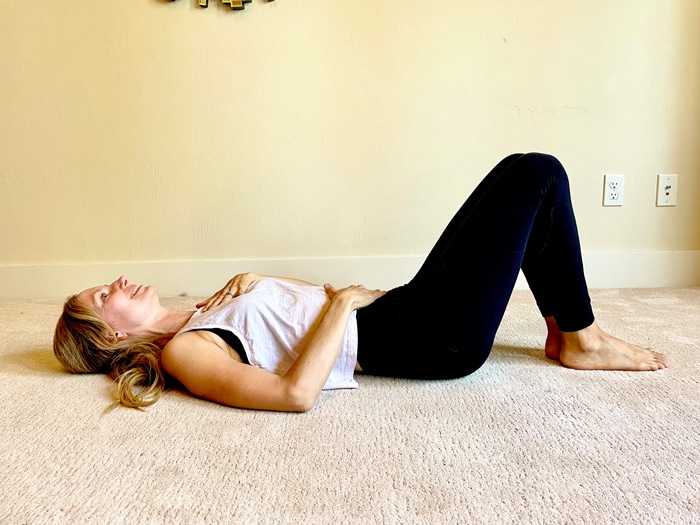
Transversus Abdominis Activation
- While lying down on your back with your knees bent, find your pelvic bones with your hands, then move inward toward the belly button about an inch or two.
- Keep your hands here while you pull your abdominals in toward your spine. You may want to couple this movement with an exhale to maximize the contraction.
- Notice the position of your spine. It should be in neutral, meaning that it is not pushing down or lifting up off of the surface that you are lying on.
- Next, keeping your abs contracted and pelvis steady, slowly lift up your knee to a 90 degree angle and then set it down and repeat on the other side.
- Important considerations: Check for balance. If you notice one side is more difficult to perform than the other, a muscle imbalance may be present. Perform this exercise until both sides feel equal in strength.
- Perform 3 sets of 10 reps, 2 times a day.
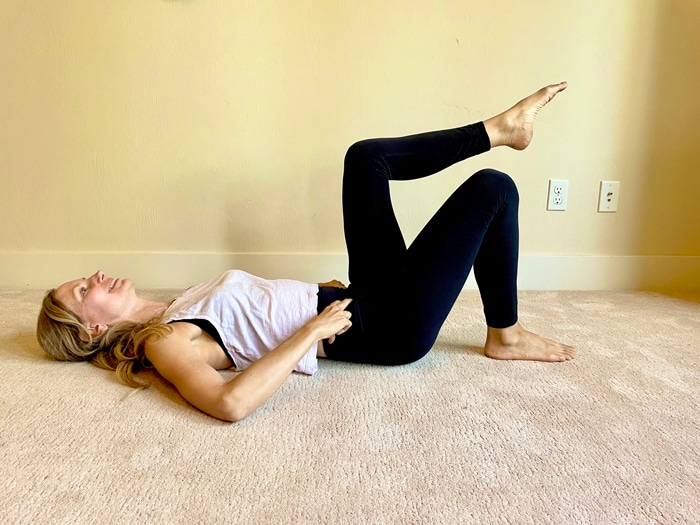
Multifidus Activation
- While on your hands and knees, keep your back in a neutral position.
- Gently tighten your abs.
- From this position, raise up one arm to shoulder height and the opposite leg to the height of the pelvis; lower and repeat with the opposite arm and leg.
- Important considerations: Check for balance. If you notice that you can raise up higher on one side or if you feel more stable on one side, a muscle imbalance may be present. Perform this exercise until both sides feel equal in range of motion and stability.
- Perform 3 sets of 10 reps, 2 times a day.
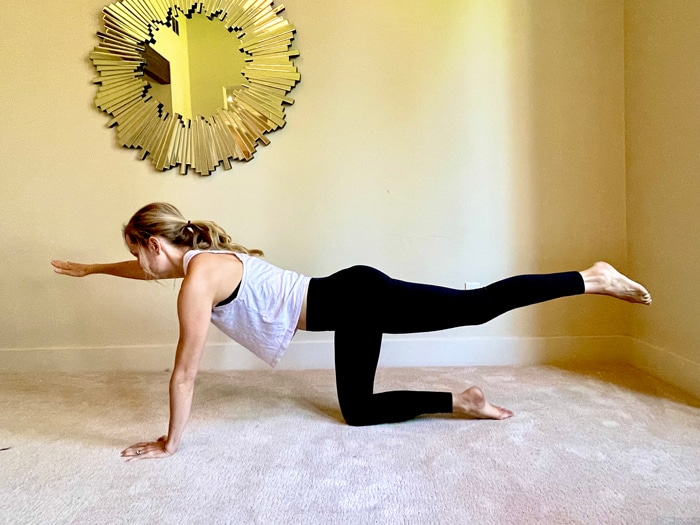
Clamshell
- While lying on your side with your knees bent and pelvis level (not tilting back), keep your feet together and raise up the top knee as high as you can without rotating or moving the pelvis, then lower and repeat on the other side.
- Important considerations: Check for balance. You should be able to do the same number of reps on each side and lift both knees up to the same height.
- Perform 3 sets of 10 on each leg, 2 times a day.
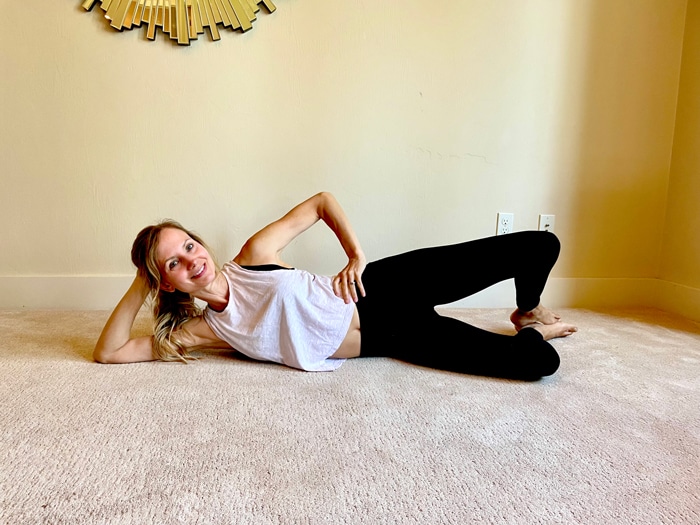
Pelvic Floor Activation
- While lying down with your feet flat, place a ball or a couple of folded towels between your knees.
- Gently squeeze the knees together into the ball or towels while pulling the pelvic floor up as if to stop the flow of urine.
- Hold for 3 seconds, relax, and repeat.
- Perform 3 sets of 10 reps, 2 times a day.
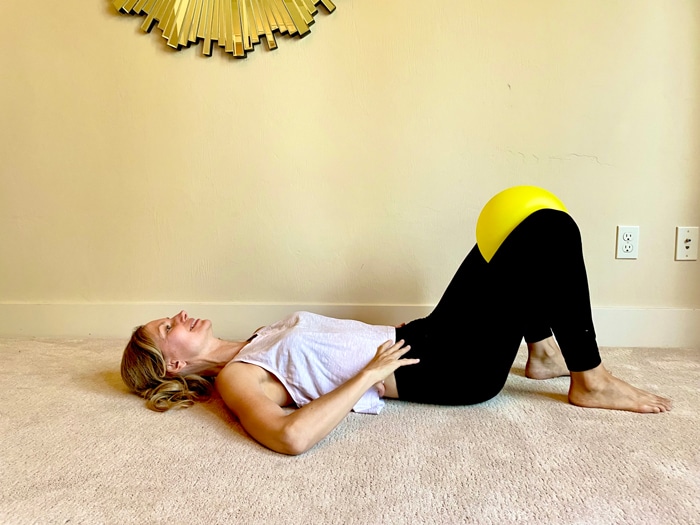
Taking the time to properly condition your core using exercises to strengthen and balance your muscles while eating a WFPB diet has the potential to pay off in a big way, with improved posture and protection from the most common causes of low back pain and other joint discomfort.







